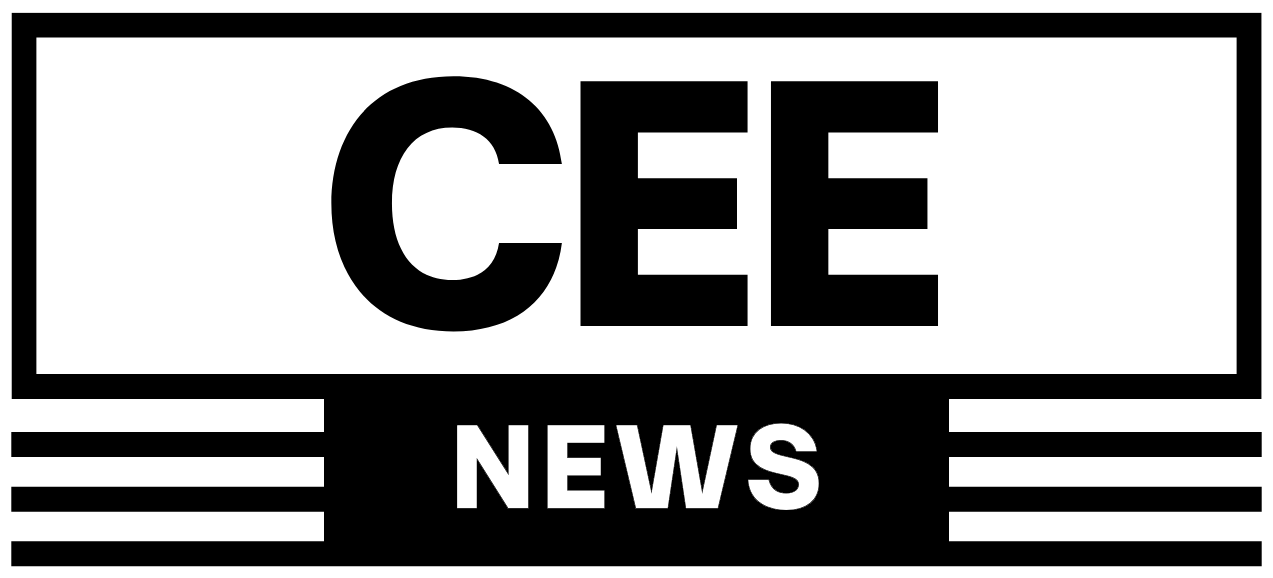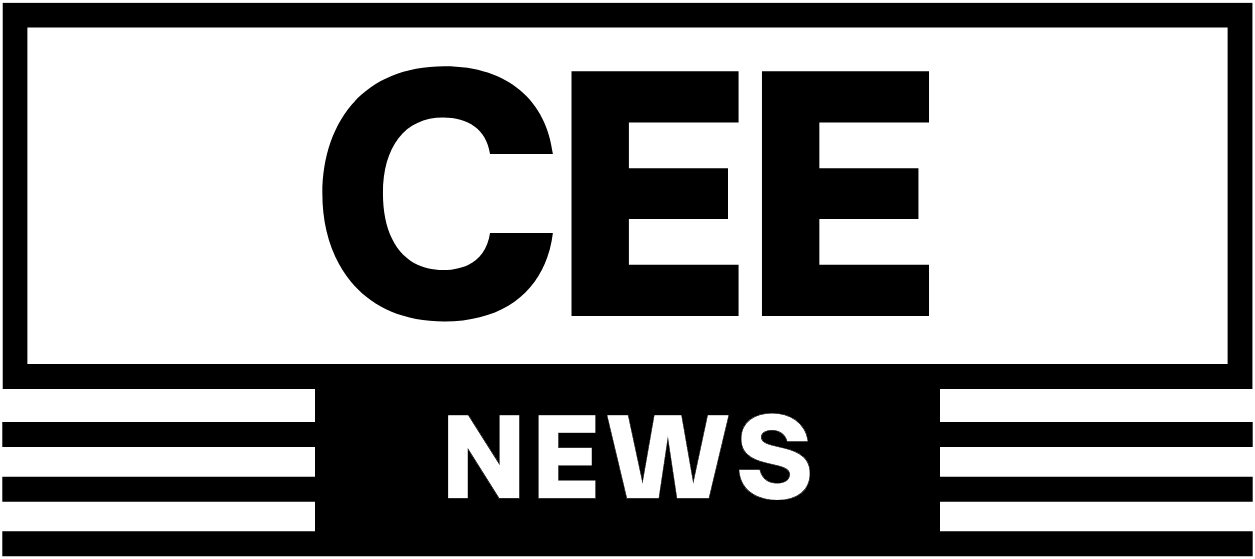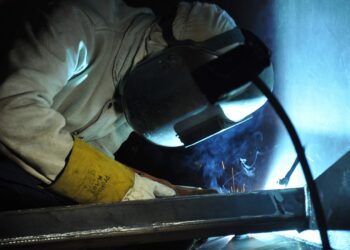The history of the grain trade in Central Eastern Europe, particularly in Poland and Ukraine, is deeply entwined with the region’s geographical, political, and economic fabric. These areas, blessed with fertile lands and favourable climatic conditions, have long been pivotal in global grain markets.
Poland’s involvement in the grain trade dates back to mediaeval times when the Vistula River was a key conduit for moving grain from inland to the Baltic ports, such as Gdańsk. This era marked the beginning of Poland’s rise as a significant grain exporter. In the 16th and 17th centuries, during the Polish-Lithuanian Commonwealth, Poland’s vast, fertile lands were central to its economy. However, the partitions of Poland in the late 18th century and the two World Wars brought significant disruptions to this trade. The interwar period saw Poland struggling to reestablish its position in the grain market due to border changes and economic instability.
Ukraine, known for some time as the „breadbasket of Europe,” gained its reputation during the Tsarist Russian Empire, thanks to its rich chernozem soil. This prominence continued under the Soviet Union, although policies like collectivization and the Holodomor famine in the 1930s highlighted the political intricacies surrounding grain production. Post-Soviet independence brought a significant transformation in Ukraine’s grain production, with the shift from state-controlled to private farming and increased foreign investments leading to a boost in production.
Today, the grain trade in both countries is shaped by European Union policies, global market trends, and technological advancements. Poland, as part of the EU, aligns its agricultural practices with EU standards, focusing on efficiency and sustainability. Ukraine, although not an EU member, has established vital trade relations with the EU and other global entities.
This is why the recent case ruffles so many favours. Ukrainian grain which in past seasons would have gone to Africa and elsewhere, was not being shipped out through the Black Sea, due to the ongoing conflict. The tier-system of European regulation allowed for some to be imported under classifications rendering it only utilisable for animal feed at a much lower price than if for human food production. Lobbying efforts temporarily permitted Ukrainian grain to enter Poland at prices low enough to cripple the domestic market, but last-minute decisions by the government in the face of protests forced most to either be exported further or to be re-classified for other uses.
This sector faces challenges like geopolitical instability, which severely impacts grain exports, and climate change, which necessitates adaptive agricultural practices. However, technological innovations offer opportunities for increased efficiency and sustainability in grain production.
The role of Poland and Ukraine in the grain market has evolved over centuries, influenced by a mixture of geographical, political, and economic factors. As the global demand for grain continues to rise, the contribution of these two countries remains essential, even as they navigate modern challenges.






